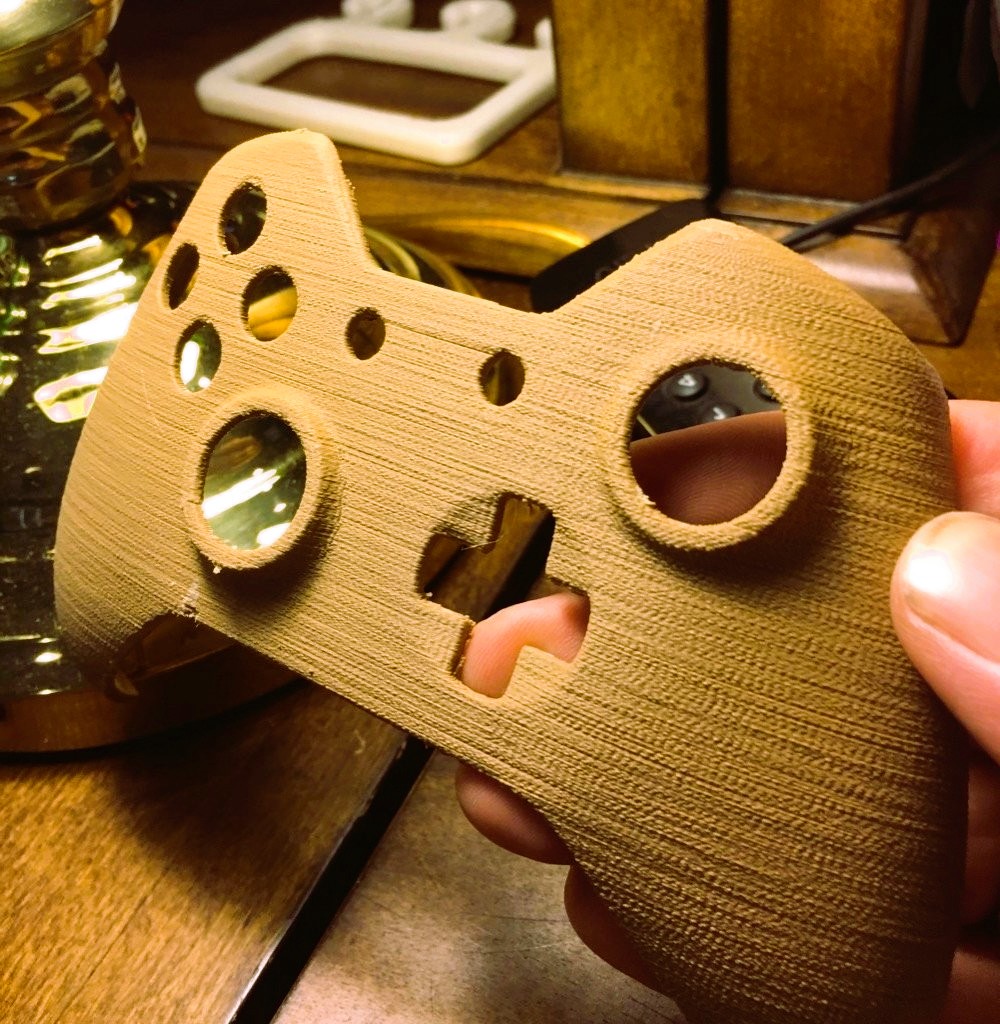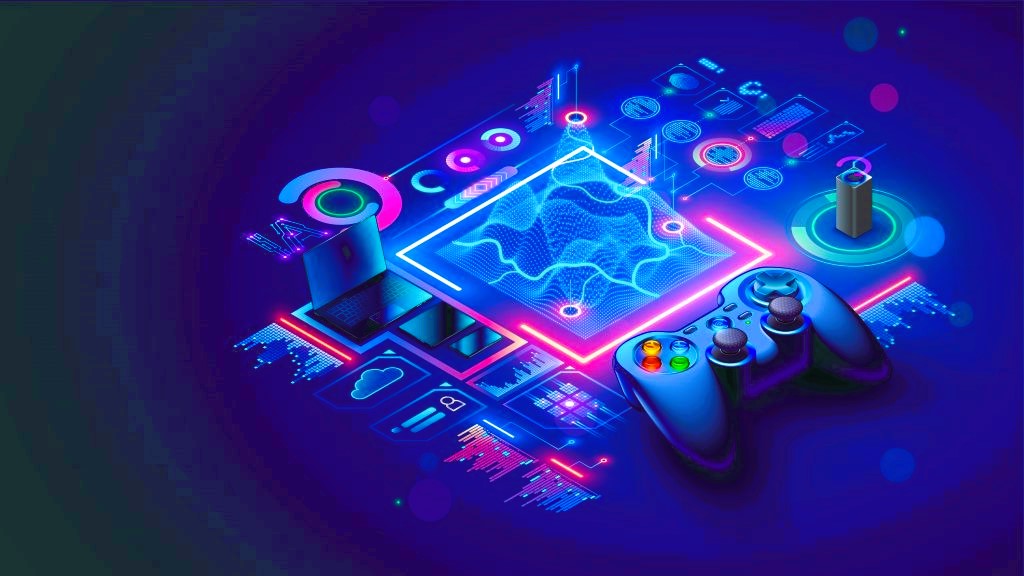The advent of 3D printing has been one of the most groundbreaking technological developments in recent years. While initially used for industrial, medical, and artistic purposes, its integration into the gaming industry has opened up exciting possibilities for gamers. Thanks to advancements in 3D printing technologies, players now have the ability to transform their in-game items, such as weapons, armor, or characters, into tangible, real-world objects. This convergence of digital and physical realms has sparked new levels of interactivity and immersion in the gaming world. But what exactly are the technologies that enable gamers to print their in-game items in real life? Let’s explore the key tools and technologies driving this innovation.
1. 3D Printing Technology: The Backbone of Physical Item Creation
At the core of enabling gamers to print in-game items is 3D printing technology, also known as additive manufacturing. This process involves creating objects layer by layer based on digital models. Using computer-aided design (CAD) software, game developers and players can design 3D models of their in-game items, which are then sent to 3D printers to create physical objects.
The two most common types of 3D printing technologies used to create these real-world items are:
A. Fused Deposition Modeling (FDM)
FDM is one of the most popular and accessible types of 3D printing. It works by extruding melted filament through a heated nozzle, which builds up the object layer by layer. The process is relatively fast and cost-effective, making it ideal for gamers who want to print smaller items such as figurines or accessories.
FDM printers use a variety of materials, including plastic filaments like PLA (Polylactic Acid), ABS (Acrylonitrile Butadiene Styrene), or even more specialized filaments like flexible or wood-infused plastic. This versatility allows gamers to print in-game items like weapons, helmets, or characters with great precision and detail.
B. Stereolithography (SLA)
SLA printing uses ultraviolet (UV) light to cure liquid resin into solid layers. This process provides higher precision and finer details than FDM, making it ideal for gamers who want to print highly detailed and intricate items like jewelry, small collectibles, or models of in-game characters. SLA printers tend to be more expensive and require more post-processing work (such as cleaning and curing) but produce a smoother finish and higher-quality items.
SLA technology enables gamers to print models with intricate textures and complex designs, such as the fine details of a sword or armor from a fantasy game, or the facial features of a favorite game character. Read about the benefits of creating game content using 3D printers at this link.
C. Selective Laser Sintering (SLS)
SLS is a more advanced and industrial-level 3D printing technology. It uses a laser to fuse powder particles (usually plastic, metal, or glass) together to form solid objects. SLS offers high accuracy and strength, making it ideal for larger or more durable prints, such as wearable items (e.g., in-game armor or weapons). However, this type of printing is more expensive and typically out of reach for casual gamers.
For developers or companies offering custom-made game-related merchandise, SLS could be a key technology for printing high-quality, long-lasting physical items.
2. Game-Integrated 3D Printing Platforms

Several companies have developed platforms that directly integrate 3D printing with gaming, enabling players to create real-world items from their in-game experiences. These platforms allow for seamless connection between the digital assets created in games and the physical objects that can be printed from them.
A. Shapeways
Shapeways is a 3D printing service that allows gamers to upload their digital 3D models (either designed within a game or custom-created) and print them in various materials such as plastic, metal, and even ceramic. Shapeways offers a marketplace where players can not only print their own in-game items but also sell and buy 3D-printed game-related merchandise, such as action figures or unique collectibles.
Shapeways partners with several popular gaming franchises, allowing users to purchase or create their own characters, weapons, and even game accessories in 3D. The service handles everything from printing to shipping, making it easy for players to turn their digital items into tangible goods.
B. Hero Forge
Hero Forge is an online platform that specializes in creating custom 3D-printed miniatures for tabletop role-playing games (RPGs). The platform allows users to design their own character miniatures, selecting various features such as poses, equipment, facial expressions, and even specific clothing. These designs can then be printed and shipped directly to the gamer.
Hero Forge not only caters to RPG enthusiasts but also allows players to print their in-game characters as detailed, high-quality miniatures. The service includes a variety of materials to print in, including high-resolution plastic, metal, and premium options for collectors.
C. 3D Print Your Own Game Figures
Some games and gaming companies have begun offering tools for players to design and print their own in-game characters or figures. For instance, the game Minecraft has a dedicated “Minecraft 3D Printer” app that lets users design their characters or game structures and have them 3D printed. Additionally, games like Star Wars: Battlefront and Assassin’s Creed have allowed players to print models of iconic characters and weapons through collaboration with 3D printing platforms.
3. 3D Modeling Software for Game Assets
To print in-game items, gamers first need a 3D model of the object they want to create. Fortunately, several powerful 3D modeling software programs allow players to design their own items or export models from games directly. These tools serve as the bridge between the digital world of the game and the physical object.
A. Blender
Blender is a free and open-source 3D creation suite that supports everything from modeling and animation to rendering and sculpting. Gamers can use Blender to design detailed 3D models of in-game items or characters, and these models can be exported for 3D printing. Many games offer modding tools that let players create custom assets, and Blender is commonly used for this purpose.
B. Autodesk Maya and 3ds Max
Autodesk’s suite of tools, including Maya and 3ds Max, is another powerful software option used for professional-grade 3D modeling. These programs allow gamers and developers to create detailed models that can be exported in a format compatible with 3D printers. While these tools are more suited for experienced designers, they offer an extensive set of features for creating complex and precise designs.
C. Tinkercad
For beginners or casual gamers, Tinkercad offers a simple, user-friendly online 3D modeling platform. It allows users to quickly design and modify 3D models and easily export them for printing. Tinkercad is especially helpful for players who want to design personalized accessories, characters, or small items from their favorite games.
The ability for gamers to print their in-game items in real life is revolutionizing the relationship between the virtual world and reality. With the combination of 3D printing technologies, game-integrated platforms, and advanced 3D modeling tools, gamers can now bring their favorite game items and characters into the physical world. Whether it’s through collectibles, accessories, or even fully functional props, 3D printing offers new ways to engage with video games and the characters within them. As technology progresses, the potential for creating fully immersive, personalized, and interactive gaming experiences will continue to expand.
For further details on 3D printing, check out Wikipedia’s page on 3D printing.

